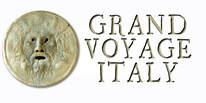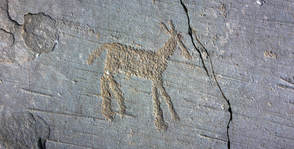 A fawn A fawn It never ceases to amaze me how interesting Italy is, and how far back its culture goes. In fact, nearly every region has its share of evidence of man in the earliest days of prehistory, such as the images carved into the bald rock face at the Parco Nazionale delle Incisioni Rupestri (Incised Rocks National Park) in the alpine Valle Camonica, Lombardy. There you will find prehistoric images of hunters and their game, warriors, a primitive chariot, grass huts and other neolithic symbols. Valle Camonica was settled by primitive tribes 15,000 years ago, at the end of last Ice Age, after the melting glacier first carved out the valley. It is likely that the first humans visited the valley in epipaleolithic times, and appear to have settled by the Neolithic period. When the Ancient Romans extended their dominions north of the River Po, they encountered a people called the Camunni, of unknown origin, populating the valley. About 300,000 petroglyphs survive from this period. 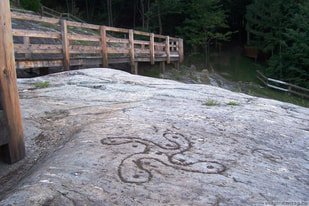 This was the first Italian archaeological park focusing on the carvings in Valle Camonica, opened in 1955, and is the primary site in a network of similar rock art parks that has grown up since the 1970s in the area. It contains 104 engraved rocks at an altitude of about 1200 feet. The engravings are seen on exposed outcrops of purple-grey colored Permian sandstone (Verrucano Lombardo), smoothed and shaped by ancient glaciers. After the glaciers finished their work polishing and exposing the mountaintop, the prehistoric inhabitants who live in the valley, ions before Christ walked the Earth, took over and decorated them with both illustrative and symbolic images, showing their connection to both the natural and spiritual worlds. 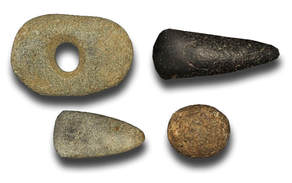 Neolithic Hammerstones Neolithic Hammerstones Interestingly, most of the engravings were made by striking the rock surface with a hammer-stone, chipping small pieces out as they carved images into the stone's surface. There are also a smaller number of images made by scraping techniques. Most of the Naquane engravings date from the Neolithic (5th millennium BC) to the Iron Age (1st millennium BC). The phenomenon was particularly common during the latter period, when the valley was inhabited by the Camunni, although historical-era engravings, Roman and modern, are also present. The road leading to the park passes by additional rock carving sites of Dos de l’Arca and Le Sante, finds from which may be seen in the Capo di Ponte museum (MUPRE). As illustrated in the photos below, I'm amazed at how accurate some of the drawings are when compared to their real world counterparts... Parco di Seradina-Bedolina The Municipal Archaeological Park of Seradina-Bedolina was set up in 2005 and, located on the right bank of the river Oglio, collects inside its rocks primarily engraved with the Bronze Age (2000 BC) and the Iron Age (1000 BC ). Il Parco Archeologico Nazionale dei Massi di Cemmo In the small valley of Pian delle Greppe, not far from the hamlet of Capo di Ponte, rises the National Archaeological Park of the Cassie Massi, an archaeological area of great importance in the history of the studios of Camuna peoples rock art. There are hundreds of carvings in this park, some dated back to the ninth millennium BC. Parco di Interesse Sovracomunale del Lago Moro Luine e Monticolo The archaeological site of Luine boasts purple colored stone outcrops with engravings dating to the Mesolithic period, along with stone huts and dry stone structures used by one or more prehistoric communities to conduct collective ceremonies. Il Parco Archeologico di Asinino-Anvòia The Asinino-Anvòia Archaeological Park is located in the heart of the Ossimo-Borno plateau. The site is characterized by standing stone alignments from the Copper Age (3rd Milennium BC). Riserva Naturale Incisioni Rupestri di Ceto, Cimbergo e Paspardo The Reserve is the largest protected archaeological area of Camonica Valley, extending over 750 acres spanning the three municipalities of Ceto (with Nadro village), Cimbergo and Paspardo. The engraved rocks, some as old as the 5th millennium BC, are nestled in a natural mid-mountainous environment alternating at places with man-made structures. You can spend hours to days exploring this area. --Jerry Finzi
"You that are wandering through the world, willing to see high and splendid marvels, do come here where there are horrible faces, elephants, lions, bears, ogres and dragons" --Carved into a stone bench at Bomarzo 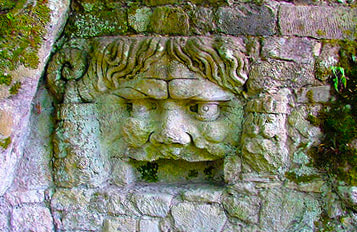 Bomarzo is a town just over 42 miles northwest of Rome in the province of Viterbo that holds a surprise for the visitor willing to go against the grain of the average tourist. About 400 feet below the historic town center is a place here where creatures are gigantic, where mouths of monsters can swallow you alive, where a tilted house leans so far over for fear that it will collapse any second, and where Titans eternally clash. This place has many names perhaps because it has left many impressions in the minds and hearts of visitors. Often it's simply called the Garden of Bomarzo. Some call it Bosco Sacro (Sacred Woods) perhaps because they were enlightened by the magical fantasies here nearly hidden by nature for hundreds of years. Still others call it Bosco dei Mostri (Monsters' Woods), named for the hellish, monstrous larger than life sculptures of giants, animals and grotesques whose domain this is. The Bomarzo monsters are the work of Pier Francesco Orsini, called Vicino (1528–1588), a patron of the arts, he dedicated the garden to his wife Giulia Farnese, daughter of Galeazzo Farnese, Duke of Latera. What a strange garden to be created in memory of someone... one wonders, what strange memories did he have? It's said that Pirro Ligorio, designed the garden and its creatures, who later continued the work of Michelangelo at the Vatican. The gardens took 30 years to build, almost half of Orsini's life. 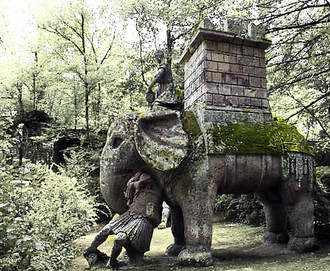 To many, this place is fun, to others it's a scary place. The monsters are and beasts magnificent and huge. Hannibal's war elephant is carrying a just-killed Roman soldier in his trunk. Next is a tilting building, called Casa Storta or Twisted House. Push on one side to hold it up, push on the other and perhaps it will fall. The Titans are in mortal combat. Elsewhere, you'll see Pegasus taking flight. Winged griffins and a snake-legged goddess await to shock your soul. There seems to be no real plan of the placement of the monstrosities... they are randomly positioned in the garden. The symmetry of garden design popular during the period it was built is nowhere to be seen. There is nothing orderly here, just surprise and shock. There is an inscription on one monument that says Just to set the heart free. After Orsini’s death this strange garden was abandoned and fell into decay. The forest began to reclaim the place with vines, moss and lichen growing over his creatures. The half-camouflaged monsters must have seemed much more frightening to locals who happened upon the place, a source for many wild tales and superstitions about the monsters and the garden. In 1951, Giovanni Bettini, a real estate agent, traveling around Italy discovered the place and saw the magic in it. He purchased and restored Bomarzo, freeing the beasts and monsters from the woodlands grasp. Today, the garden received 40,000 visitors a year. Nonetheless, Vicino Orsini was a visionary when he created the garden. No one knows what was in his mind or heart--light or darkness--when he conceived of the creatures the garden possesses. He ordered the following to be cut into stone, “Thou, who enter this garden, be very attentive and tell me then if these marvels have been created to deceive visitors, or for the sake of art”.
Why go where the typical tourist is going when there are treasures like this in Italy? Just 42 miles from Rome awaits this fantasy... Contatti Parco dei Mostri loc. Giardino s.n.c 01020 Bomarzo (VT) Italy Tel./fax 0761/924029 E-mail: info@parcodeimostri.com
--Jerry Finzi |
Categories
All
Archives
May 2023
|

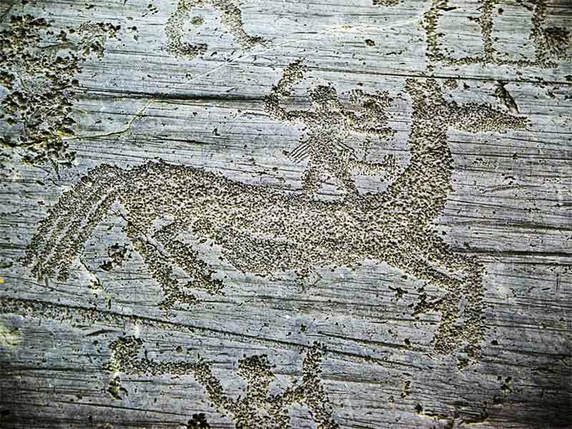

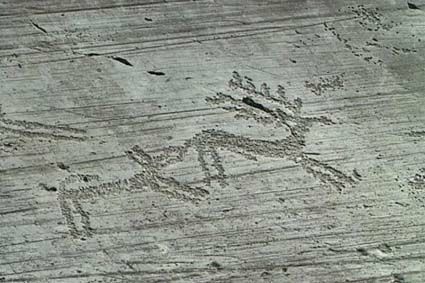
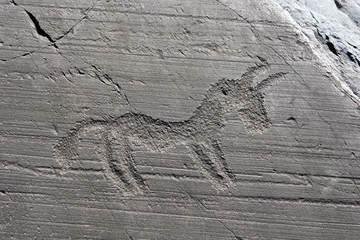
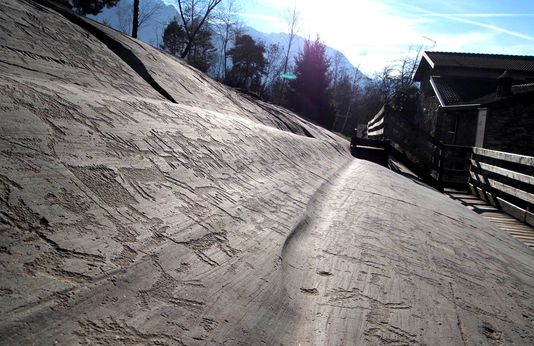
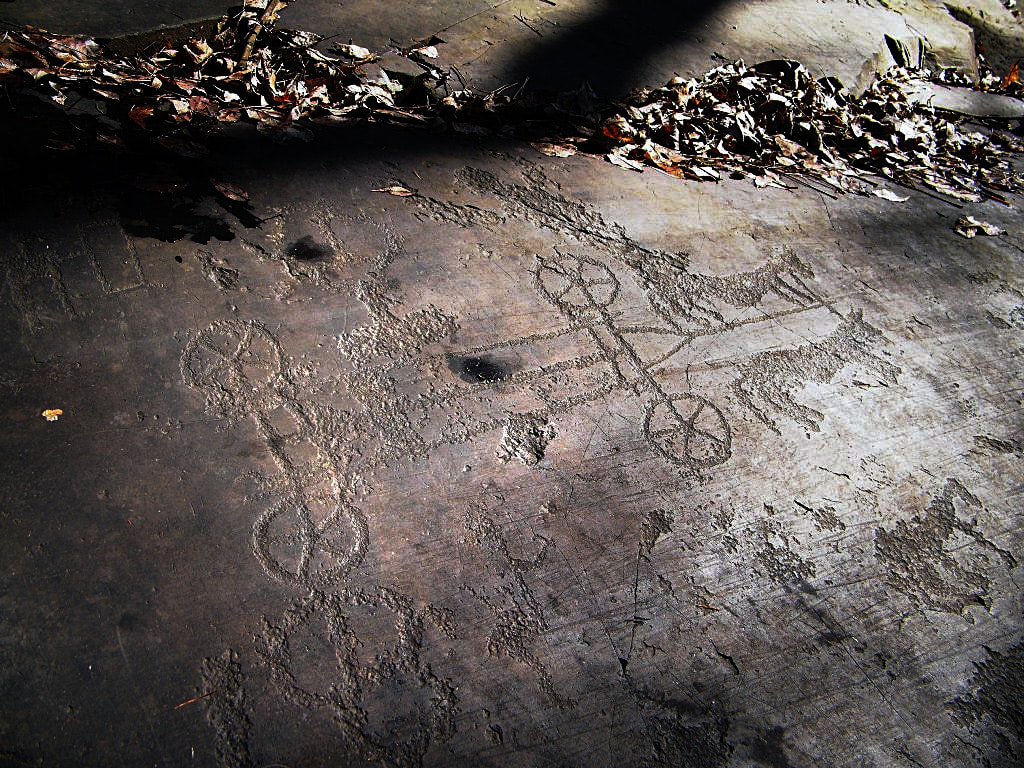
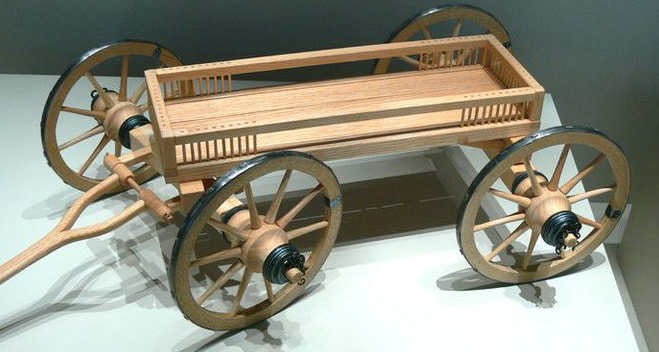
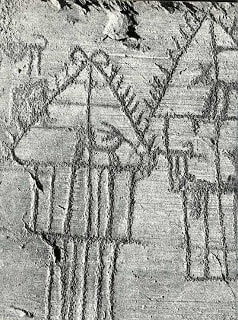
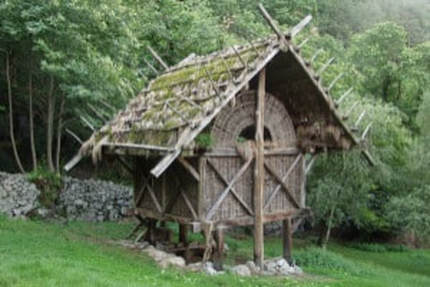
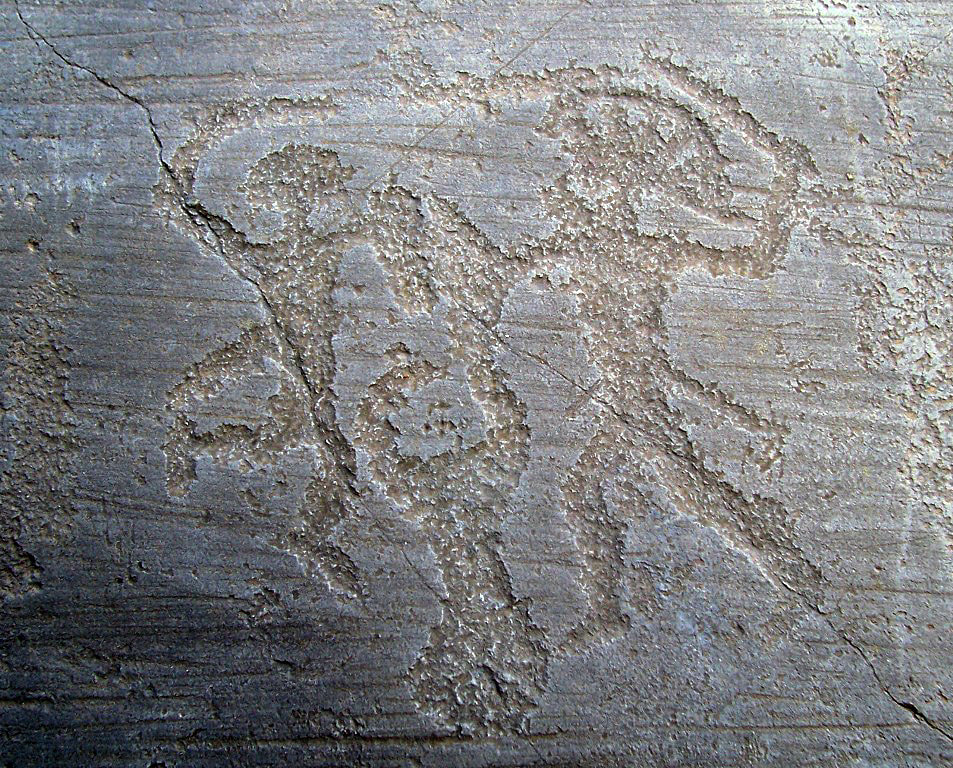
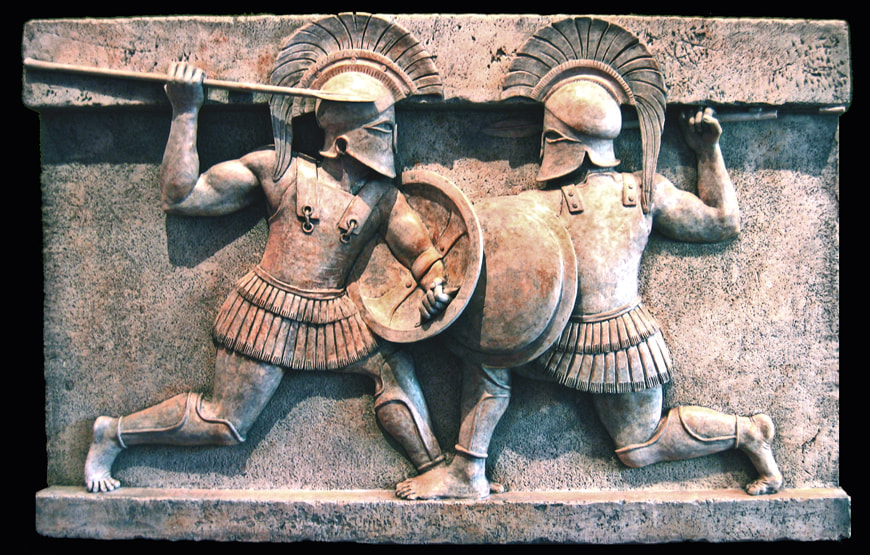
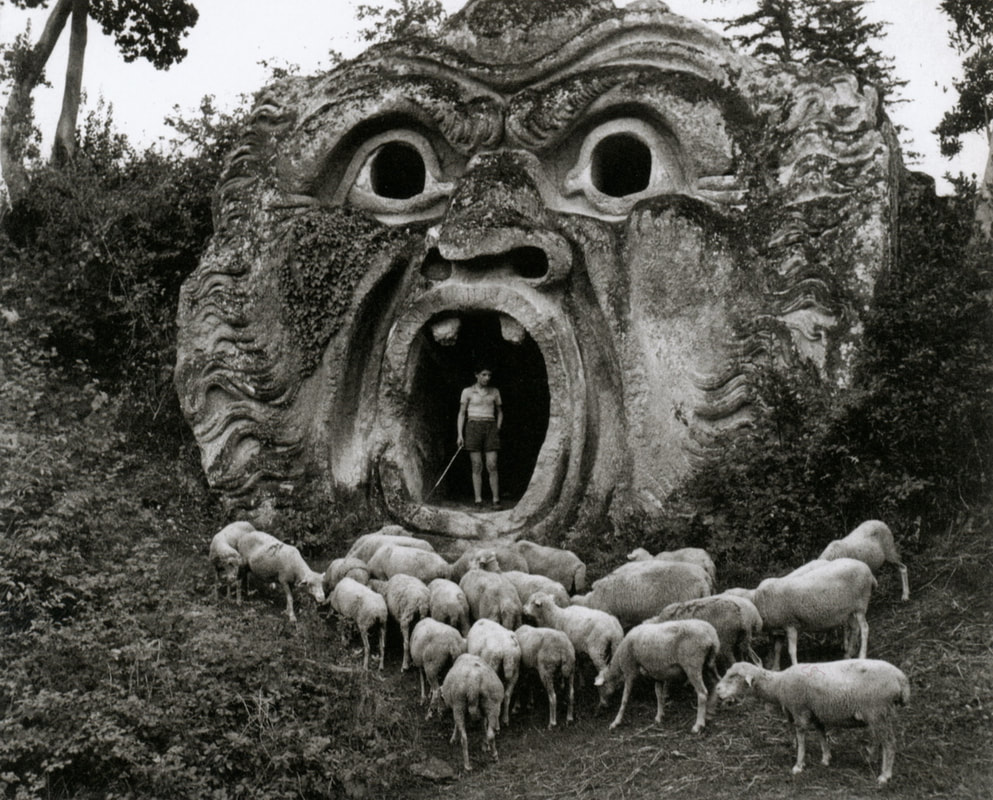
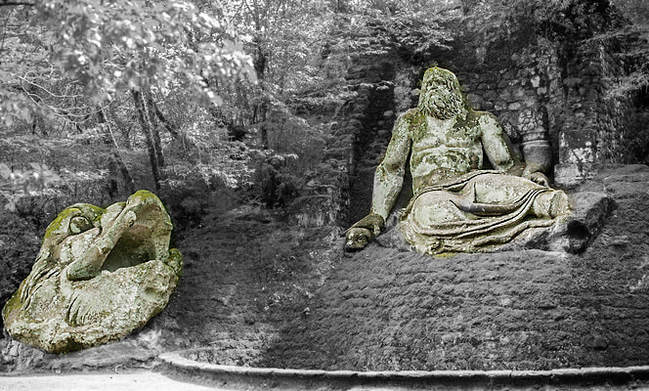
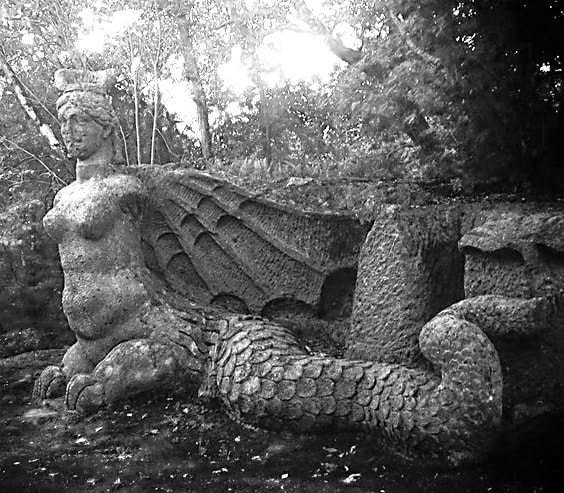
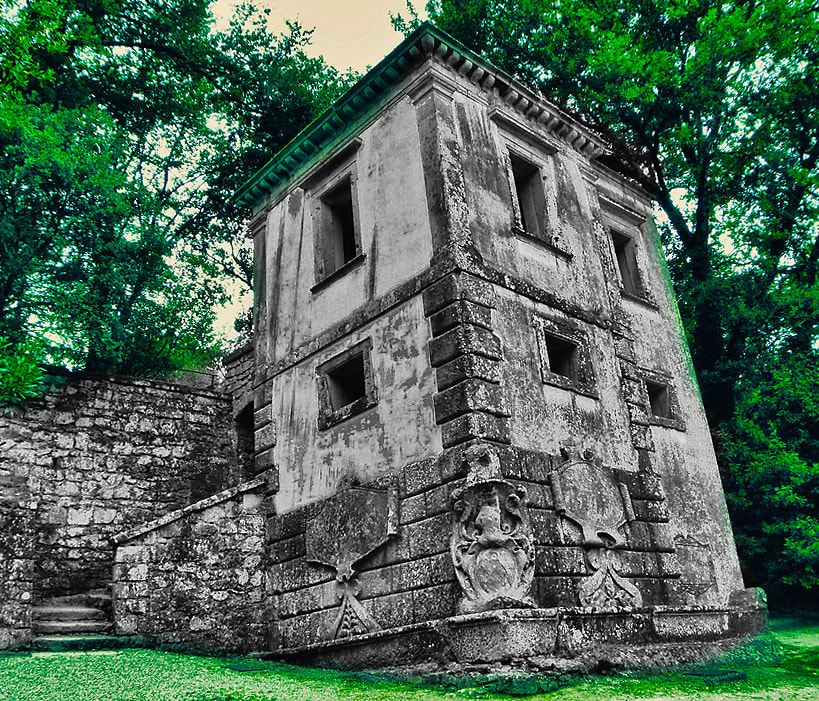
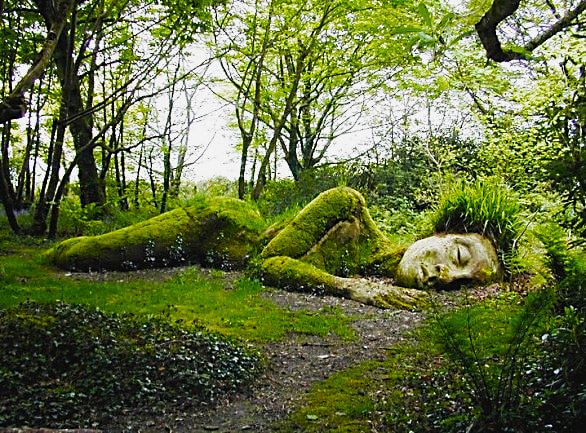
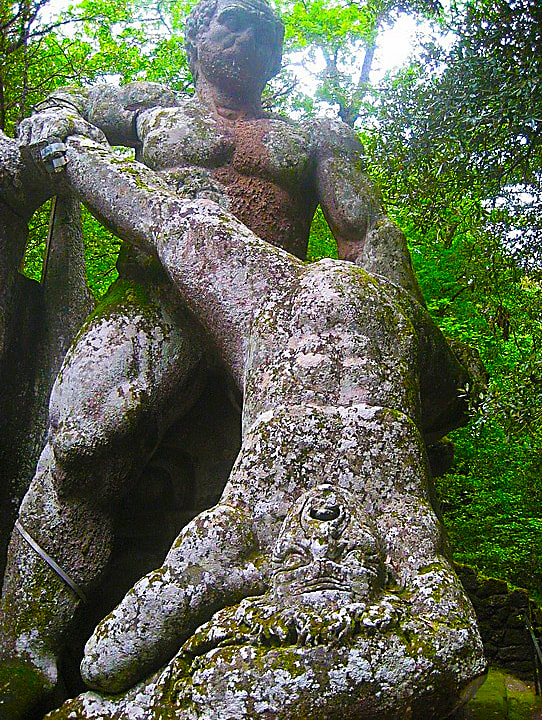
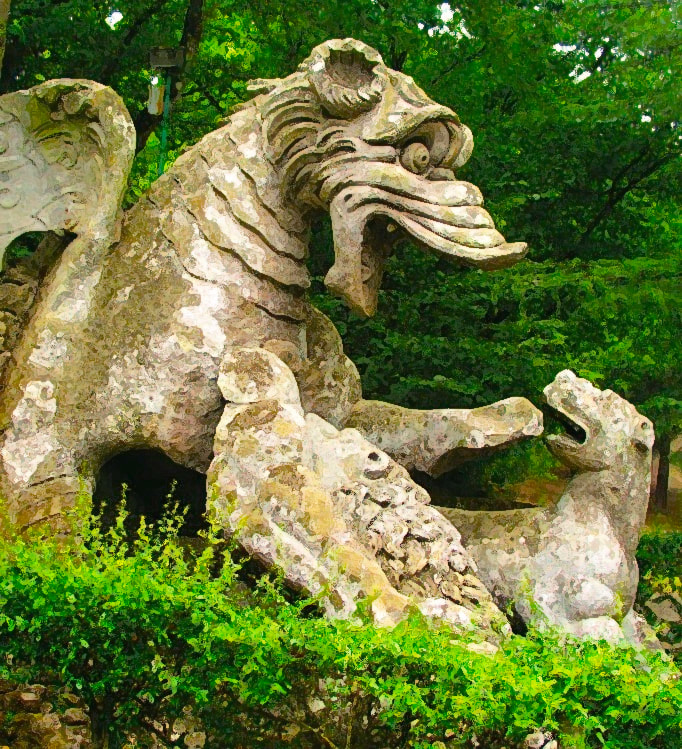



 RSS Feed
RSS Feed
